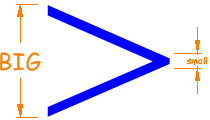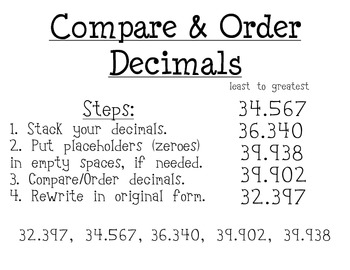Solutions are composed of substances that mix so completely that they cannot be distinguished as separate substances. In a solution, the substance that dissolves is called the solute. The solvent is the substance in which the solute is being dissolved. Sugar is the solute and water is the solvent. A solution is usually a mixture of a solid that dissolves completely in a liquid (ex. Sugar in water).
Solutions are groups of molecules that are mixed and evenly distributed in a system. Scientists say that solutions are homogenous systems. Everything in a solution is evenly spread out and thoroughly mixed. Heterogeneous mixtures have a little more of one thing (higher concentration) in one part of the system when compared to another.
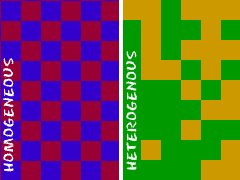
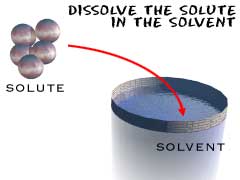
Comparing Mixtures and Solutions:

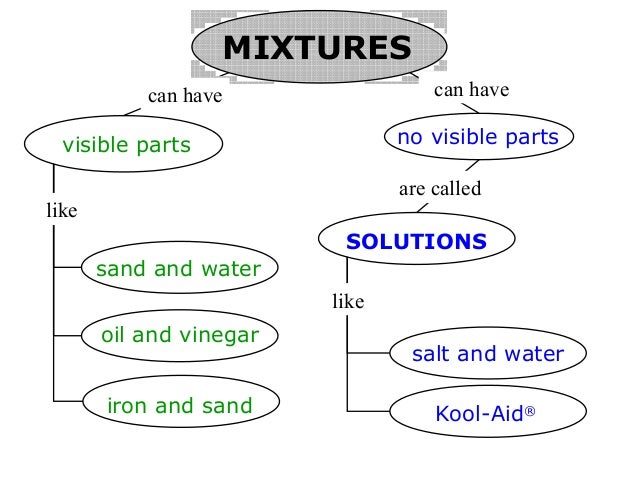
Mixtures and Solutions Games
Mixture and Solution Jeopardy
Pirate Mixtures
Mixtures StudyJams
Mixtures and Solutions are used all the time when cooking. Discuss with your kiddo what portion of their meal is a mixture and what is a solution.





